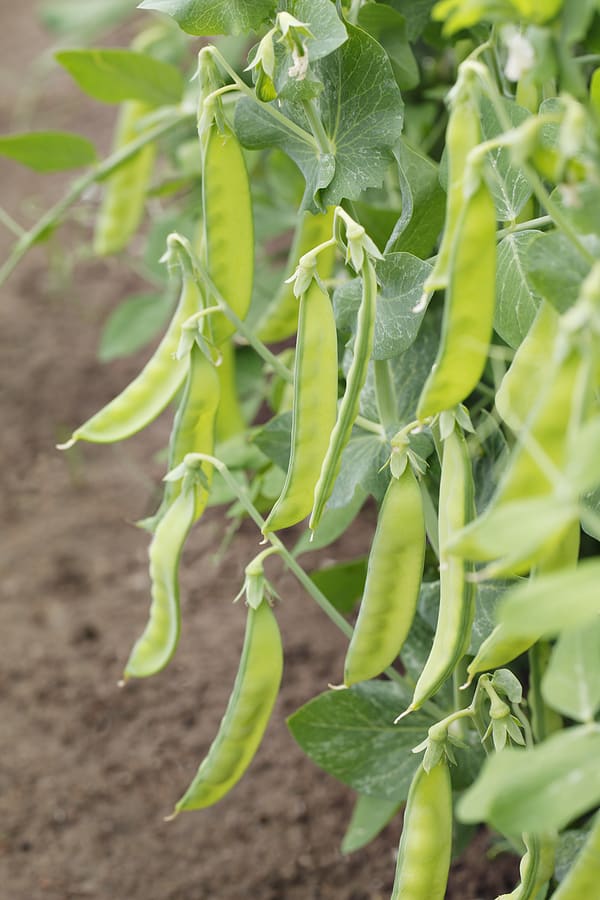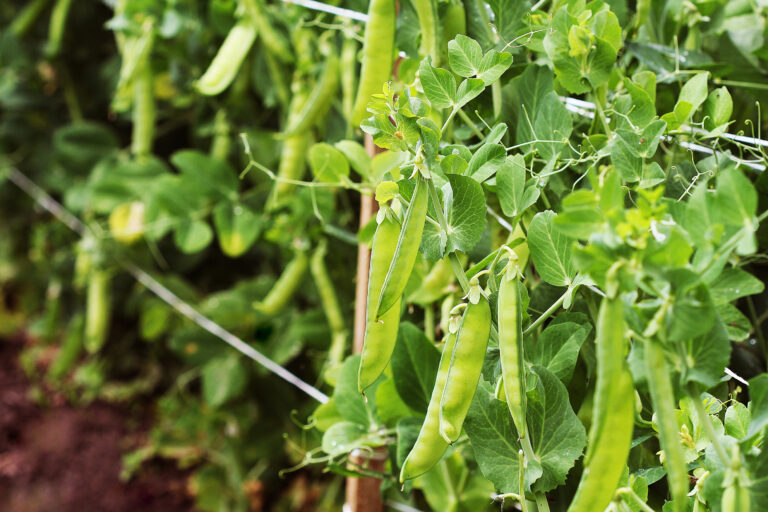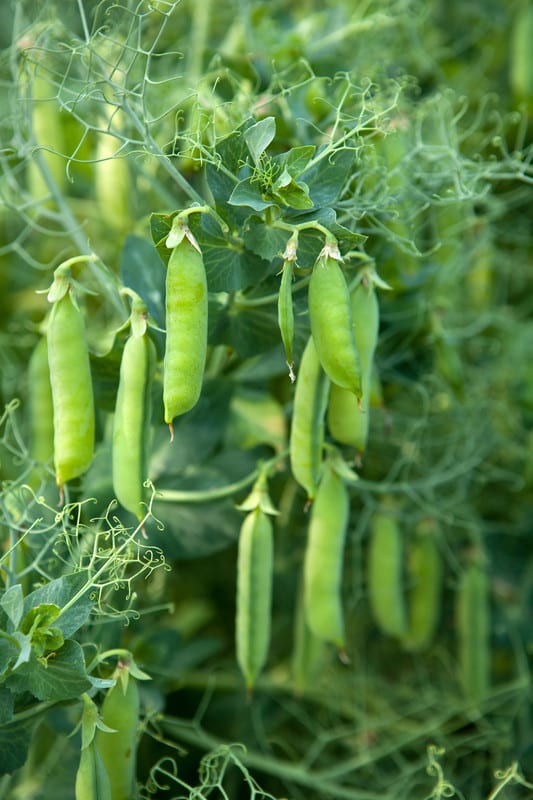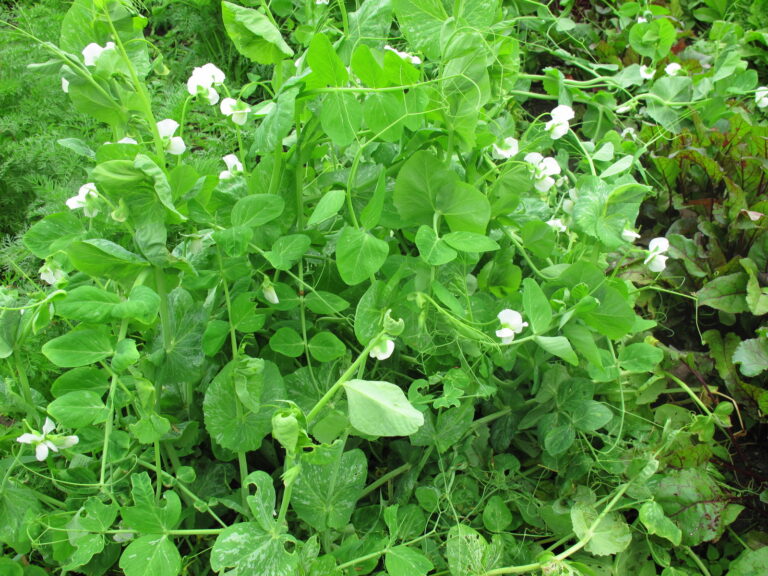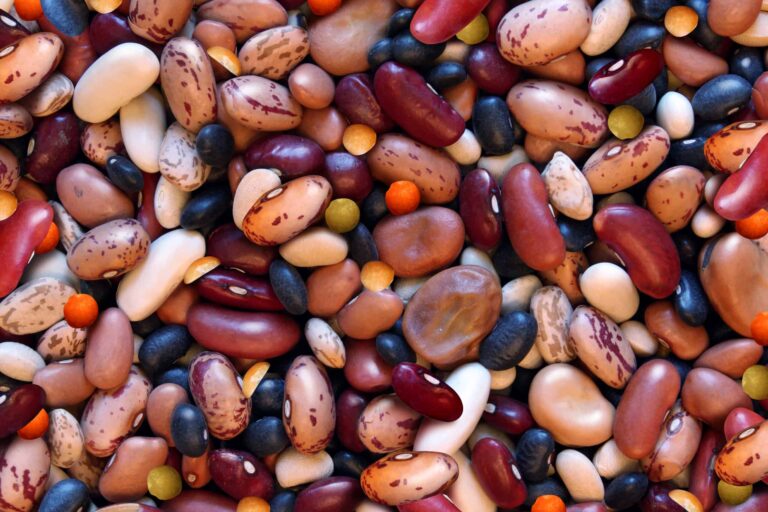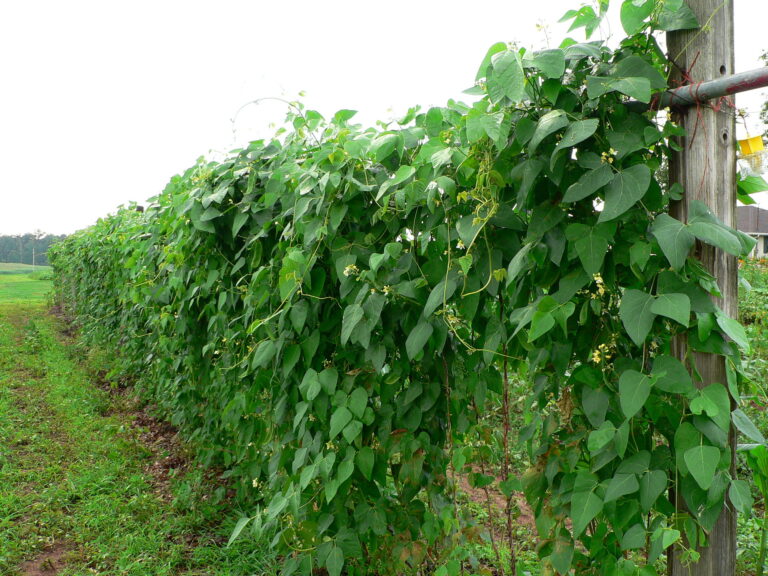Growing Snap Beans vs. Fava Beans: What’s the Difference?
Snap beans and fava beans are both easy and rewarding to grow—but they come from different plant families and thrive in very different conditions. Understanding these differences helps you plan your planting season, choose the right soil, and time your harvests for maximum yield and flavor.
🌱 Botanical Difference
- Snap beans (Phaseolus vulgaris)—also known as green beans, bush beans, or pole beans—are warm-season legumes native to the Americas.
- Fava beans (Vicia faba)—also called broad beans—are cool-season legumes native to the Mediterranean region.
They may both fix nitrogen in the soil, but their growth habits, planting times, and harvesting needs are quite distinct.
🌤️ Climate and Planting Time
| Bean Type | Best Growing Season | Temperature Preference | Frost Tolerance | Ideal USDA Zones |
|---|---|---|---|---|
| Snap Beans | Late spring to mid-summer | Warm (70–85°F / 21–29°C) | Sensitive to frost | 3–10 |
| Fava Beans | Fall to early spring | Cool (55–70°F / 13–21°C) | Frost tolerant | 6–10 |
- Snap beans prefer warm soil and should not be planted until frost danger has passed.
- Fava beans thrive in cool weather and can be planted as early as fall in mild climates or early spring in colder ones.
🌿 Growth Habit
- Snap beans:
- Can be bush types (compact, 1–2 feet tall) or pole types (climbing up to 8 feet).
- Grow fast and produce continuously over a few weeks.
- Fava beans:
- Grow as upright, sturdy plants 3–4 feet tall.
- Produce a single main flush of pods once per season.
🌾 Soil and Water Needs
| Bean Type | Soil Preference | Watering Needs | Fertilizer Needs |
|---|---|---|---|
| Snap Beans | Loose, warm, well-drained | Regular, even moisture | Low; avoid high nitrogen |
| Fava Beans | Cool, rich, well-drained loam | Consistent moisture during flowering | Benefit from compost before planting |
Fava beans tolerate heavier soils better than snap beans, which need warmth and aeration to avoid root rot.
🍽️ Flavor and Use
- Snap beans are eaten whole—pods and all—when they are tender and immature. Popular varieties include Blue Lake, Provider, and Kentucky Wonder.
- Fava beans are harvested for their large seeds, which must be shelled and sometimes peeled after cooking. Varieties like Broad Windsor and Aquadulce Claudia are prized for rich, nutty flavor.
🧑🌾 Harvest and Yield
| Bean Type | Days to Harvest | Harvest Style | Yield |
|---|---|---|---|
| Snap Beans | 50–65 days | Continuous picking extends production | Moderate to high |
| Fava Beans | 90–110 days | One main harvest once pods fill | Moderate |
🌿 My Experience
In my Zone 9b garden, I plant fava beans in fall and snap beans in late spring to enjoy a nearly year-round supply of fresh beans. Fava beans enrich the soil with nitrogen over winter, while snap beans provide tender green pods through summer. Together, they make a perfect rotation crop pair for soil health and continuous harvest.
Fava Bean Learning Hub
Start here: The Ultimate Fava Bean Growing Guide: From Seed to Harvest
Planting & Growing Basics
- Fava Bean Planting Time by Region
- How Deep and How Far Apart to Plant Fava Beans
- Fava Companion Planting Guide
- Growing Fava Beans in Containers
Soil, Water, and Feeding
- Best Soil for Fava Beans and How to Prepare It
- How to Water Fava Beans for Best Growth
- Feeding Fava Beans Naturally: Compost and Nitrogen Fixing
Care & Maintenance
- How to Care for Fava Beans During the Season
- Managing Weeds Around Fava Beans
- Supporting Fava Beans: Do They Need Staking?
Pest & Disease Management
Harvest, Storage & Preservation
- How to Tell When Fava Beans Are Ready to Harvest
- How to Dry Fava Beans for Long-Term Storage
- How to Store and Preserve Fresh Fava Beans
Varieties & Seed Saving
Cooking & Using Fava Beans
Companion & Related Crops

